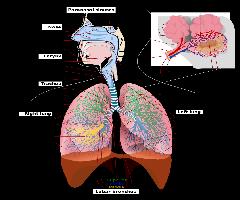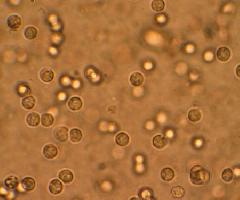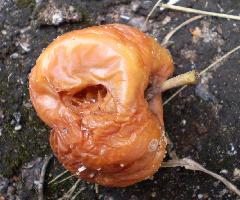A rose, lotus, orchid, and banana are all plants. These plants may look different from one another but, if you study them closely, you will find that they have some similarities. For example, a banana plant looks different from a orchid plant, but if you study their stems closely, you will find some similarities. One way to study plants is to group them according to their characteristics which are similar. Find out how plants may be grouped.
Generally, plants are grouped according to kind of leaves, roots and stems, and whether they have seed or not.
You see moss and liverwort on
damp rocks and in other moist places. They multiply with the help of tiny structures called spores. They have parts that work like roots, leaves and stems. Ferns and horsetails have true roots, leaves and stems. You find them in moist shaded places. They also multiply with the help of spores. Instead of spores, flowering plants and conifers have seeds. Flowering plants have seeds in fruits. Conifers have seeds between the scales of a cone.Plants differ in size and in hardness of stems. Big plants with one large woody trunk such as mango are called trees. Other examples are coconut,
guava, acacia, narra and pine trees. Shorter plants with several woody stems arising from the ground are called shrubs. Examples are rose, san Francisco, gumamela and santan. Herbs are small plants with soft stems. Examples includes pechay, tomato, cleus and amaryllis. Plants with very long stems that cling to walls, rocks and tress are known as vines. Example are squash, pomelo, yellow bell and bitter gore.Plants can be group according to where they live. Aerial plants hang on trees or any other support. Their roots absorb moisture from the air. Examples are orchids. Terrestrial plants or land plants like trees, shrubs and grasses live on land. Terrestrial plants can be further classified based on where you find them such as in desserts, grasslands or forests. Aquatic plants or water plants live in water. Examples are water lily, water lettuce and water hyacinth.
Now that you know what the different plant groups are, you may start grouping your plants on your garden or your surroundings and see how exciting it will be.
note: originally posted at Bukisa.com under the same author.




